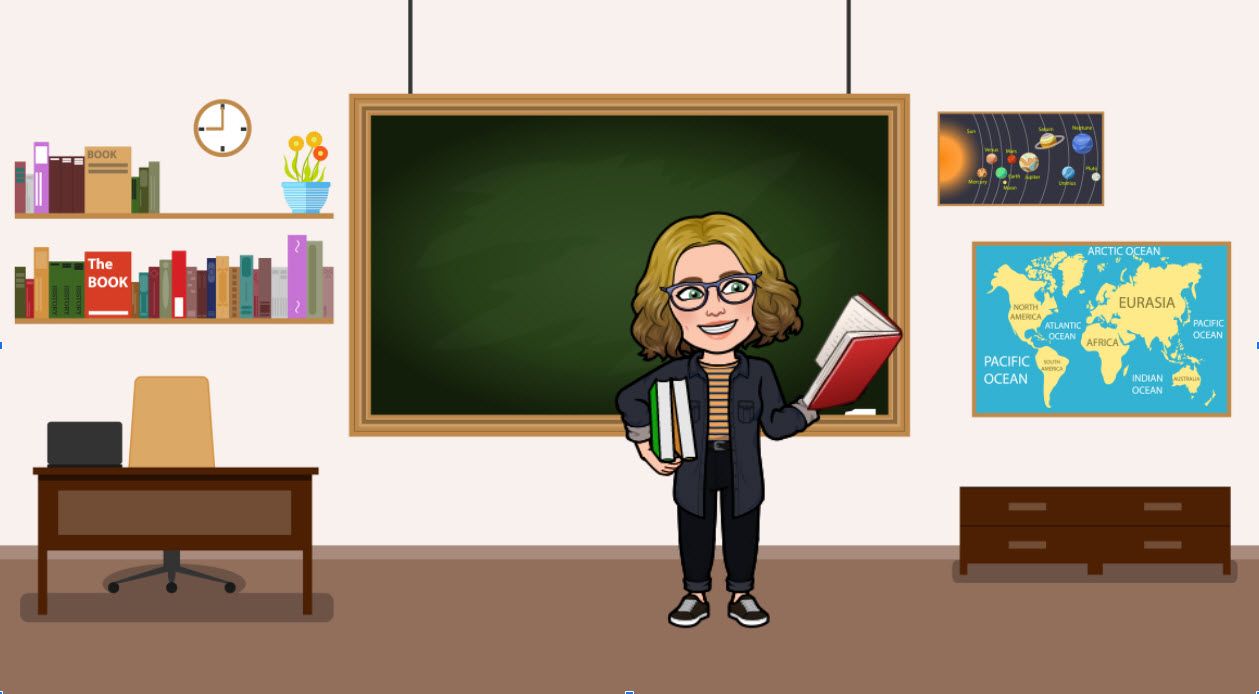Student-Centered Learning at FlexTech High Schools
As part of our Student-Centered Learning blog series , this is the second installment of three in our mini-series, Stories from the Field: Student-Centered Learning. In this mini-series, we celebrate and highlight the successes of three different Michigan schools that are embracing student-centered learning.
These same schools are also featured in our recently published report, “ Student-Centered Learning: In Principle and in Practice.” In this report, we share the principles of student-centered learning, the rationale behind the philosophy, and the stories behind some of the innovative approaches being utilized by districts not only across the country, but right here in Michigan.
In this article, FlexTech’s Director of School Leadership, Dr. Sarah Pazur, shares some of the exciting ways in which they give their students flexible learning options and make learning student-centered.
Student-centered by design
At FlexTech , student-centered learning is at the heart of everything they do.
It is a project-based learning school, focused on students as individuals, and was founded on student-centered learning principles.
FlexTech is a 21st-century school and has three campuses located in Brighton , Novi , & Shepherd , Michigan. FlexTech’s Director of School Leadership, Dr. Sarah Pazur, shared:
“We are student-centered by design. Student projects are governed by a framework, but students can pitch modifications to projects, tailoring them to their own interests. They can pitch their own deliverables to show mastery, giving students voice and agency.”
Their curriculum is entirely project-based , built on competency-based learning progressions. Self-assessment practices are used in all classes.
FlexTech is unique in the sense that it was designed with formal student-centered learning principles in mind.
Students have a voice
At FlexTech, they focus on really getting to know students as individuals.
According to Dr. Pazur, “We use ‘learner profiles,’ where students describe what they want the adults in the building to know about them, how they learn, how they like to receive feedback, what they are passionate about.”
Students keep a portfolio of their learning and present their “senior chronicle” to a panel of adults (their advisor, administration, community members, etc.) during the end of their senior year. During this presentation, they both defend and celebrate their learning. They share what they have learned during their high school experience as well as their goals and dreams for the future.
Students can also participate in student-led clubs and advisory boards. They are part of the decision making at the school level. Dr. Pazur explained:
“When students have a voice, they feel ownership over everything — the whole school. It’s not just about them.”
At FlexTech, this model gives students permission to choose rather than deciding for them. Dr. Pazur feels that this model helps students feel that they are part of a community — it’s part of their school culture.
Choice of time, place, and pace of learning
At FlexTech, students have agency over scheduling. Within a block scheduling format, there are different flexible schedule options available allowing students to dual enroll, work around a job, pursue a passion, or play a sport outside of school.
Pazur explained that FlexTech’s competency-based approach to learning is based on Michigan’s state standards and includes the use of mastery-based progress reports and transcripts.
“We are competency-based and give kids permission to use their time how they need to in order to complete projects. Students can move at their own pace through courses. This removes barriers related to time, place, and pace.”
One of her favorite quotes is from Mike Schmoker: “ If you want students to solve complex problems, you have to give them complex problems to solve. ”
According to Dr. Pazur, while it is scary and tempting to resort back to “adult control,” kids learn how to problem-solve and to manage their time and their learning when you give them the permission to try managing it themselves.
Empowering students. Removing the barriers related to time, place, and pace. Student-centered learning.
Advice and final thoughts
Pazur noted that in a traditional school model, the transition to a more student-centered learning model would be an overhaul and requires a mindset change as you can’t design student schedules around adult conveniences.
“You can start small and slowly implement more student voice, but until you really take a look at the system as a whole, you will only get so far. It is important to take a holistic view of your curriculum, instruction, assessment, schedule, culture — this works together to empower or disempower students. Embrace the fact that kids will make good choices, poor choices, and everything in between, but they won’t get better until they can authentically practice being in control of their education.”
Sometimes there are situations that serve as a springboard for change , providing more of a reason behind doing what seemed too difficult to do before.
Maybe the recent extended school closures across the nation and need for remote learning is one of those situations. As Dr. Pazur explained:
“Schools that have created the conditions for student agency are going to have an easier time with rapid or extended closures because students aren’t waiting on the adults or the system to tell them what to do. They [students] are inspired by the work they’re doing because they had a voice in shaping and designing it — they created it and it doesn’t live in the school building. When the student drives the learning, the arbitrary structures like class periods and teacher-driven lessons in the form of worksheets or rote learning tasks become obsolete.”
As you consider making changes within your school or within your classroom to make learning more student-centered, how can you create situations that allow your students to have a voice, to shape and design their learning?
How will your students drive their own learning and not only inspire themselves, but inspire you?
Student-Centered Learning Blog Series
In our Student-Centered Learning blog series , we lead a discussion each month about student-centered learning: what it is, how it can help students and schools, and how to make it a reality. Our hope with this series is to provide practical insights to school leaders, teachers, and parents on how to make education more meaningful to students. Stay up to date on future blogs in this series by signing up for email notifications !
About the Authors
Christa Green
Christa received her master’s in Curriculum and Instruction from Kent State University, as well as a bachelor’s degree in Business Administration. She taught middle school language arts and social studies for seven years before coming to work for Michigan Virtual in 2018. As a research specialist with the Michigan Virtual Learning Research Institute , Christa enjoys using her passion for education, curriculum, research, and writing to share and shape best practices in online and blended learning with other educators within and beyond Michigan.
Christopher Harrington
Dr. Christopher Harrington has served public education as a teacher, an administrator, a researcher, and a consultant for more than 25 years and has experience assisting dozens of school districts across the nation in the design and implementation of blended, online, and personalized learning programs. He has worked on local, regional, and national committees with the Aurora Institute (formerly iNACOL) and various other education-based organizations aimed at transforming education through the use of technology.
All Rights Reserved | FlexTech Education | Website Design by Behind Your Design






